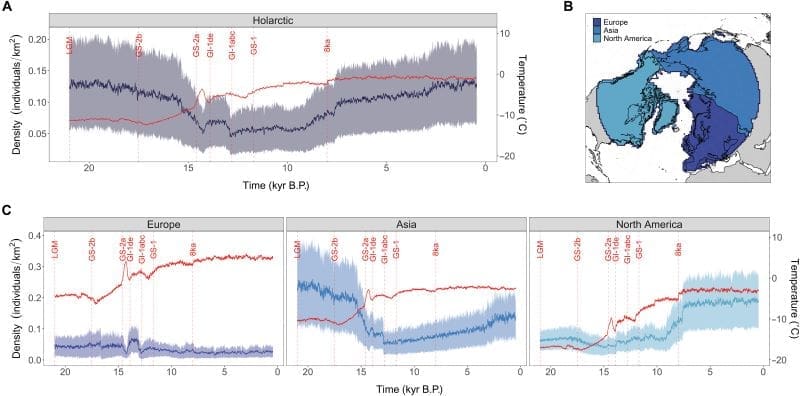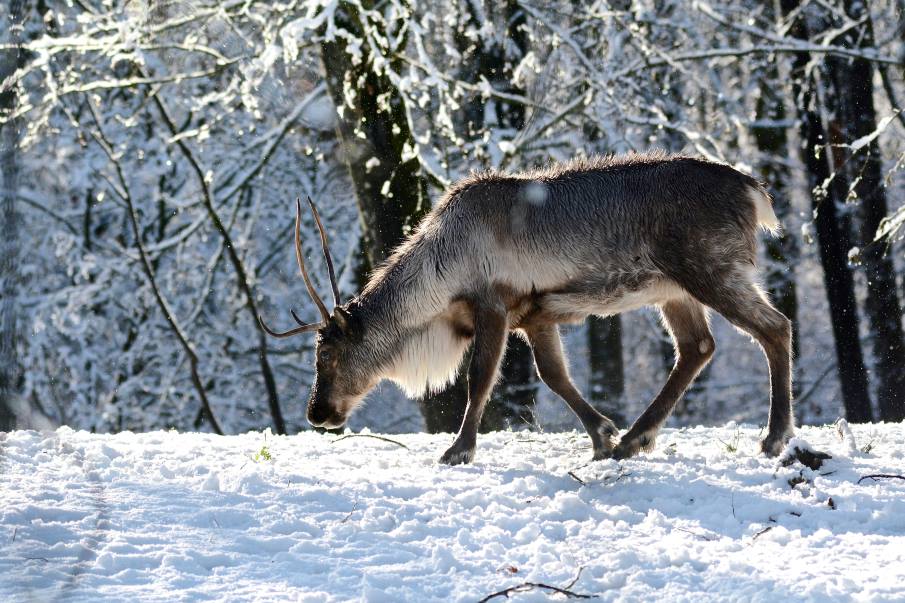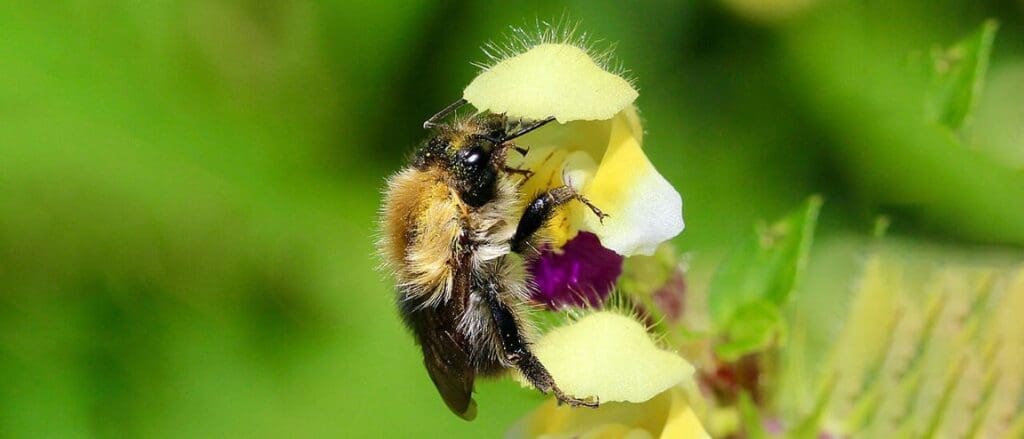Summary:
Reindeer populations in North America could shrink by up to 80% by the end of this century, according to research published in Science Advances. The study, led by the University of Adelaide and the University of Copenhagen, used a combination of ancient DNA, fossil records, and process-based models to track 21,000 years of Rangifer tarandus population dynamics.
While these Arctic grazers – known as reindeer in Eurasia and caribou in North America – have survived previous periods of rapid warming, including the abrupt climate shifts following the Last Glacial Maximum, the researchers found that future warming could bring even more severe losses. Climate change has already driven a two-thirds decline in global reindeer abundance over the last three decades. The models suggest that the life-history traits that once enabled survival will be insufficient to buffer against current and projected environmental change.
North American populations were found to be particularly vulnerable, with significant consequences for tundra biodiversity, carbon storage, and the cultural and economic wellbeing of Indigenous Peoples who depend on them. The authors stress that urgent investment in wildlife management and conservation, coupled with substantial reductions in greenhouse gas emissions, will be essential to protect these keystone Arctic herbivores.

Arctic reindeer populations could decline by 80 per cent by 2100
Reindeer, also known as caribou in North America, are an Ice Age species that have survived many episodes of Arctic warming. They are uniquely adapted to Arctic environments, where they regulate ecosystems and sustain the livelihoods of many Indigenous Peoples.
Despite being one of the most abundant herbivores in the Arctic, climate change has contributed to a loss of nearly two-thirds of their global abundance over the last three decades.
An international team of researchers, led by the University of Adelaide and University of Copenhagen, looked back 21,000 years and examined how reindeer responded to past climatic events, asking whether they will be able to cope in the future.
“Using fossils, ancient DNA and computer models, we reconstructed changes in the abundance and distribution of reindeer over the past 21,000 years at resolutions never done before, and we directly compared these to future predictions,” says lead investigator Dr. Elisabetta Canteri, from the University of Adelaide and University of Copenhagen.
“This revealed that populations of reindeer have experienced major declines during periods of rapid climate warming, but the losses expected in the coming decades due to future climate change are likely to be even more severe than those in the past.”
The research team identified populations in North America as being particularly vulnerable.
“Our forecasts show that these North American caribou populations are most at risk from climate warming, with declines of up to 80 per cent likely by 2100 unless there are major cuts to greenhouse gas emissions and increased investment in wildlife management and conservation,” says Associate Professor Damien Fordham, Deputy Director of the Environment Institute at the University of Adelaide, who co-led the research.
“These declines are likely to have far-reaching ecological implications that will further increase the vulnerability of caribou in North America and reindeer in Eurasia to climatic warming and other stressors.”
Reindeer and caribou help maintain plant diversity in the tundra by feeding on some plants and influencing how others grow, meaning that where they disappear, plant diversity is likely to decline.
“A reduction in tundra plant diversity resulting from the loss of reindeer and caribou will have many cascading effects, including reduction of carbon storage in Arctic soils,” says Professor Eric Post, from University of California Davis, who contributed to this research.
“Continued losses will likely further exacerbate climatic warming through release of soil carbon to the atmosphere, which of course would further threaten reindeer and caribou as well as ourselves.”
“For thousands of years, the wellbeing of our own species has benefitted directly from healthy reindeer and caribou populations. Now more than ever we need to ensure their wellbeing in turn.”
Associate Professor Fordham says the results of this research show urgent action is required.
“Increasing investment in the management and conservation of reindeer and caribou populations, particularly in North America, where losses are forecast to be greatest, will benefit the persistence of this species and the services it provides to Arctic ecosystems and the communities that depend on them,” he says.
Journal Reference:
Elisabetta Canteri et al., ‘Mismatch in reindeer resilience to past and future warming signals ongoing declines’, Science Advances 11, eadu0175 (2025). DOI: 10.1126/sciadv.adu0175
Article Source:
Press Release/Material by University of Adelaide
Featured image credit: Margaret Strickland | Unsplash




